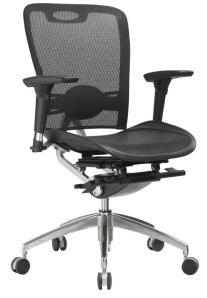High-intensity interval training (HIIT) is an enhanced form of interval training, an exercise strategy alternating periods of short intense anaerobic exercise with less-intense recovery periods. You will want to piggy-back muscle groups; i.e. High-intensity legs exercises should be followed by a low-intensity leg exercise.
A single circuit setup is as follows:
- 60 seconds of a High-Intensity exercise with no break between!
- 75 seconds of a Low-Intensity exercise with no break between!
- Repeat 2 Additional Times with NEW exercises
- Rest for 60 seconds minimum before starting a new circuit
- Note: a total circuit will take 6 minutes and 45 seconds to complete
You should be able to complete 4-5 (max) circuits in 45 minutes with a proper warm-up and cool-down. If you have the equipment or nice weather outside, I recommended you perform a cardio only circuit for your final circuit.
What you’ll need
- 2 sets of dumbbells
- light & *medium/heavy weight
- Timer set up for the proper intervals
- Yoga mat or carpeted surface
Example Upper Body HIIT Workout
Circuit 1
8 Count Body Builders
(Lying Chest Fly)
*Jumping Jacks to Shoulder Press
(Front Raise)
Bicycle Crunch
(Crunch)
Circuit 2
*Stationary Right Leg Lunge with Bicep Curl
(Overhead Triceps Extension)
*Stationary Left Leg Lunge with Hammer Curl
(Triceps Kickback)
Sit Up
(Reverse Crunch)
Circuit 3
*Bent Over Row
(Bent Over Rear Deltoids Raise)
Floor Swimming
(Hyperextension)
V-Ups
(Plank)
Cardio circuit directions:
- You will begin with your high-intensity interval, which means it will be the fastest you can perform the exercise (either a sprint, run/jog, or speed-walk; or rotations on a bike).
- You will then move to the next lowest intensity (sprinters spend their low-interval in a run/jog; runners/joggers move to a speed-walk; speed-walker move to a casual walk).
- Repeat 2 additional times with the SAME exercise intensities as your first high and low.
For your warm up I recommend doing some jump rope in place (no rope necessary) to get your heart rate up, followed by a set of walking lunges and arm circles. Spend 3-5 minutes warming up.
For your cool down I recommend doing some standing and sitting stretches targeting the muscles you worked on. Spend ~5 minutes stretching.
